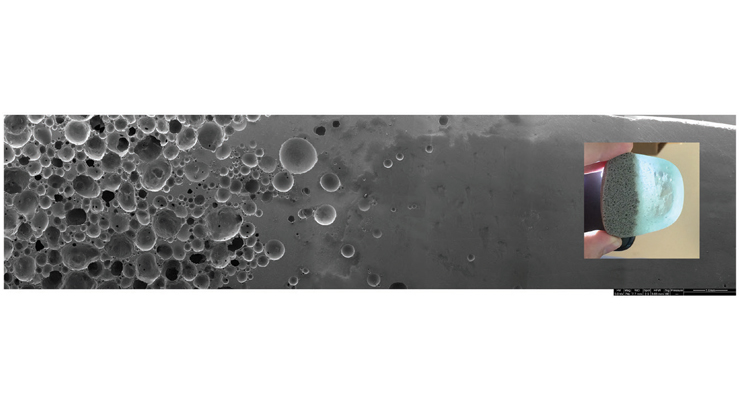Seamless Architecture: Innovative Material Interfaces
ID# 2015-4394
Technology Summary
When there are two building materials placed next to one another, there must be a joint that addresses air-tightness, water-tightness, load bearing, and/or multiple other requirements. Conventionally, joints are created by introducing a third element that either mechanically fastens the two components or uses an adhesive to create a bond between them. As a result, the coordination is complicated and difficult, many aspects can fail, and the seal is never guaranteed. There is a need for elimination of as many mechanical joints as possible without undermining functionality. The technology is a seamless/transitioning interface(s) between various materials and/or building components that can introduce a progressive transition (a gradience) between these materials.
Application & Market Utility
The development of sustainable materials, processes, and practices. Providing solutions for building in harsh conditions where impermeability between surface materials is required. Furthering development of additive manufacturing technologies in the building industry. Producing seamless architecture for use in both the arts and industrial design
Next Steps
Seeking research collaboration and licensing opportunities.

